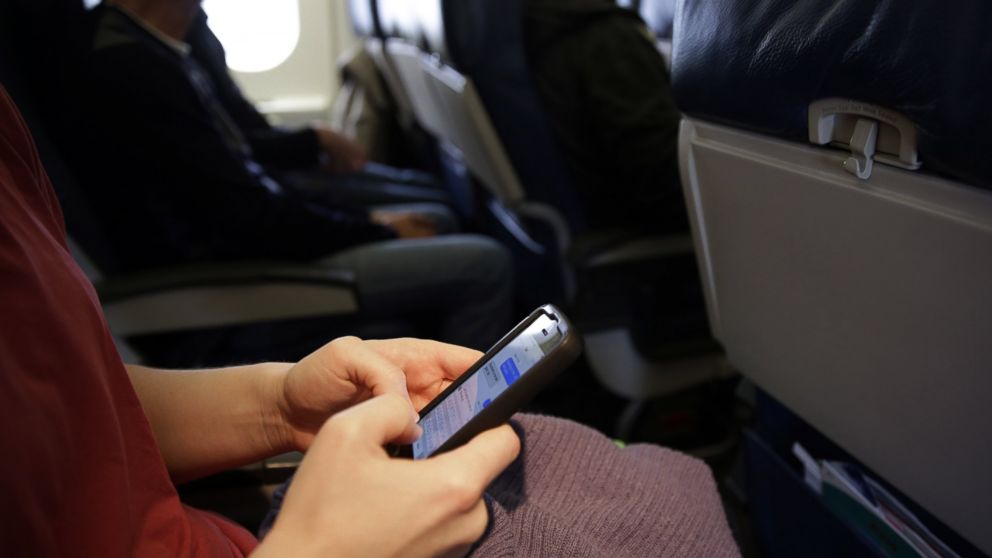Why You May Want to Think Twice About Using Your Cell Phone on a Plane
Even if the ban on in-flight calls is lifted, you can expect sky-high bills.

Dec. 17, 2013— -- While federal regulators debate the use of cellular phones for voice calls aboard commercial aircraft, the exorbitant cost of making those calls could be a shock for consumers.
More than 327 million cell phones are registered in the United States, and many Americans consider their smartphones indispensable.
Jeff Ashmore, 27, told ABCNews.com that young people feel their smartphones are an essential tool. "People are connected to them," Ashmore said after a recent flight into Seattle's Sea-Tac International Airport. "It's like an extension, it's like my hand."
Concern about radio interference with critical aircraft systems has kept phones powered down during flights. But even if they were to be turned on, existing devices won't work reliably from 35,000 feet because they operate as part of a ground-based system, experts said.
Cellular towers are serve small "cells" in cities and towns and not high-altitude aircraft moving at nearly 600 miles per hour. Calls placed from airliners will require new systems that "translate" the signal from a cellphone on an airliner and then carry it to the national telephone network using what is called a "picocell," experts said. The cost of building a picocell network could be high for passengers.
Foreign airlines such as Virgin Atlantic have offered cell phone service for several years through the Aeromobile system, based in Great Britain. Passengers use their cellular handset to place calls that typically cost as much as $3 per minute.
Aeromobile notes that the average call is 2 minutes and most flights don't see more than five or six users. The company said that the high cost has kept usage to a minimum.
And calls from six miles above the Earth won't be included in your free monthly minutes. Third-party carriers will transmit the calls from an airliner to the ground, and experts say it won't be cheap.
Lynn Kelly, another person traveling through Sea-Tac recently, balked at the potential cost. "I wouldn't use it if it was $2 to $3 a minute. People aren't going to be willing to pay that much money."
An exception to the expensive picocell system is the "Text and Talk" app developed by Gogo, the Wi-Fi system currently in use by many airlines. Using Gogo's app, voice calls mimic a normal cellular call and it's already in use on private aircraft. The service would be affordable since it uses existing technology.
"On any Gogo equipped aircraft, all they have to do is download the application," Gogo spokesman Steve Nolan said.
However, the demand is not there yet. "The airlines know that passengers don't want it," Nolan said.
He sees a bright future for the texting portion of the app, which will be more affordable, as little as $4 per flight. It is scheduled for rollout by the airlines in early 2014.
Introducing cellular voice calling to passenger planes is a sensitive issue. Industry giant Verizon Wireless declined to comment and AT&T Wireless directed our inquiries to the cellular trade association CTIA, who in turn referred ABC News to the Federal Communications Commission.

